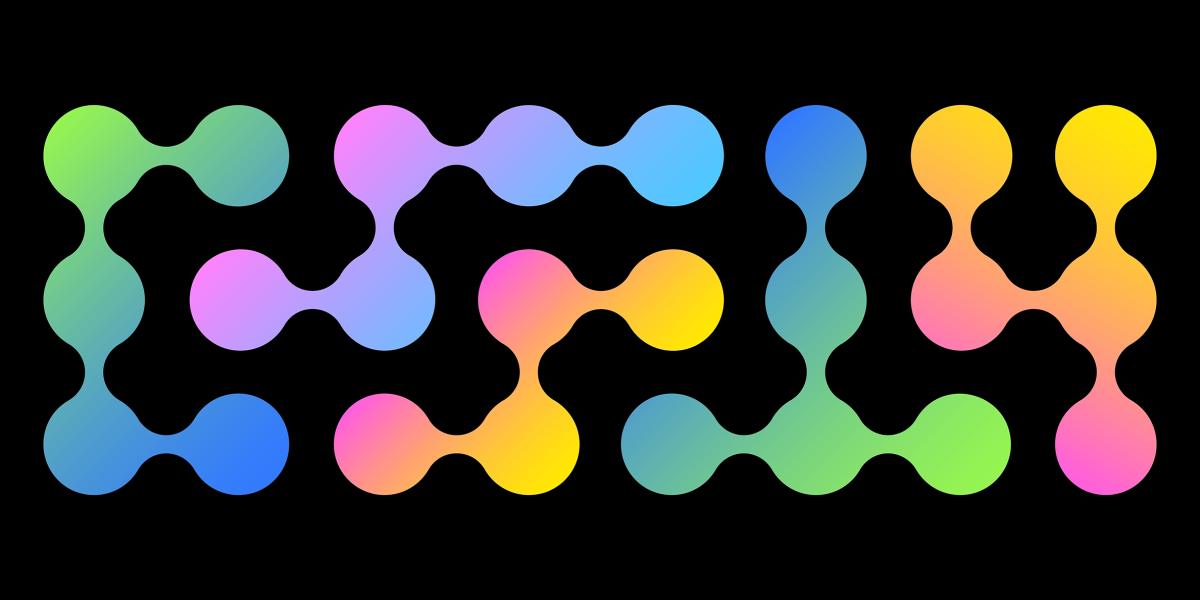Connecting the SDG Dots

Described by the United Nations as “the world’s call to action on the most pressing challenges facing humanity and the natural world,” the organization’s Sustainable Development Goals (SDGs) point to much work to be done before their 2030 deadline.
“Progress on more than 50 percent of targets of the SDGs is weak and insufficient; on 30 percent, it has stalled or gone into reverse. These include key targets on poverty, hunger and climate,” states a 2023 UN report. “Unless we act now, the 2030 Agenda could become an epitaph for a world that might have been.”
Higher education is envisioned as playing a key role in addressing these existential global threats. (Read more in NAFSA’s newest book, Global Goals, Global Education: Advancing the United Nations Sustainable Development Goals.) But the SDGs also represent an opportunity for colleges and universities to address other priorities.
“Students are seeking impact and relevance in learning,” says Kate Hellmann, director of international student and scholar services at Washington State University. “We’re trying to innovate and keep our competitive edge.”
Increasing and deepening institutional alignment with the SDGs not only demonstrates the social impact that students value, it also furthers internationalization initiatives across the university and in the community. In their familiar role as connectors, international educators see important intersections within their institutions—between student values, institutional priorities, and the SDGs—ensuring that this critical alignment work can be done. They can identify and support existing activity around the SDGs and bring together faculty, staff, and














